The drones will go through the streets of the capital in March 2019

7 November 2018
Automated vehicle will be tested on the roads of Moscow and Tatarstan, provided that they are from "Yandex"
great interest of the Russian public experts to the topic of automated driving of cars and other vehicle (so only in September – early November on this subject took place a few representative forums, for example: "Avtoevolyutsiya-2018" in Kaluga and "Avtonet 2.0" in Moscow, and by the end of the year will be held several similar events, for example, II Federal forum "Smart Cars & Roads – digital transformation ecosystem "car-road" in the Russian Federation") has already led to legislative fruit.
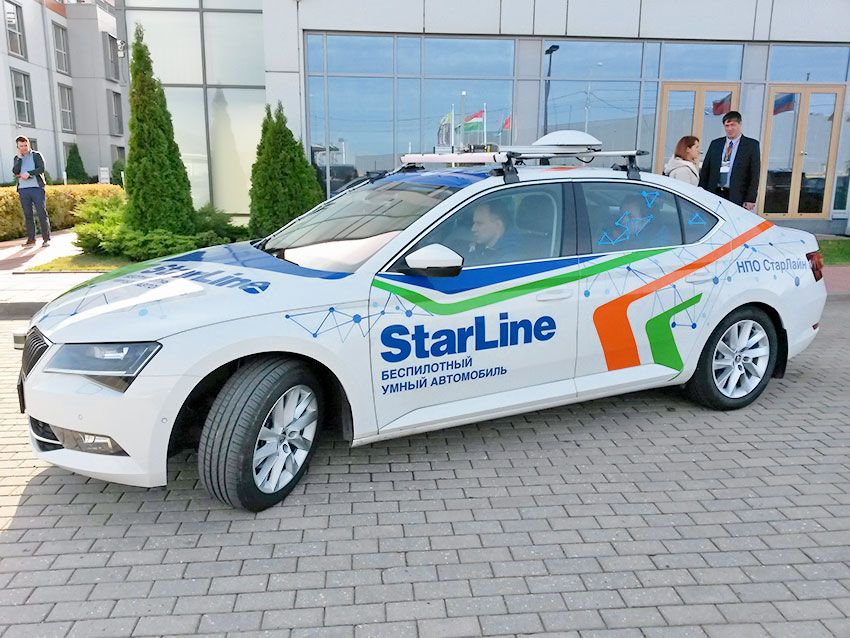
Startup NGO StarLine quite successfully develops the project "Unmanned smart car"
So, on the website the Ministry of industry and trade hosted the draft resolution of the government of the Russian Federation "About carrying out experiment on trial operation on the roads of General use of highly automated vehicles" from March 1, 2019 March 1, 2022 on the territory of Moscow and Tatarstan. However, the list of allowed for the movement of vehicles with systems that do not require "physical impact on the driver side" streets are not clear yet. The development of the document working group NTI "Avtonet" on behalf of the Deputy Prime Minister Maxim Akimov.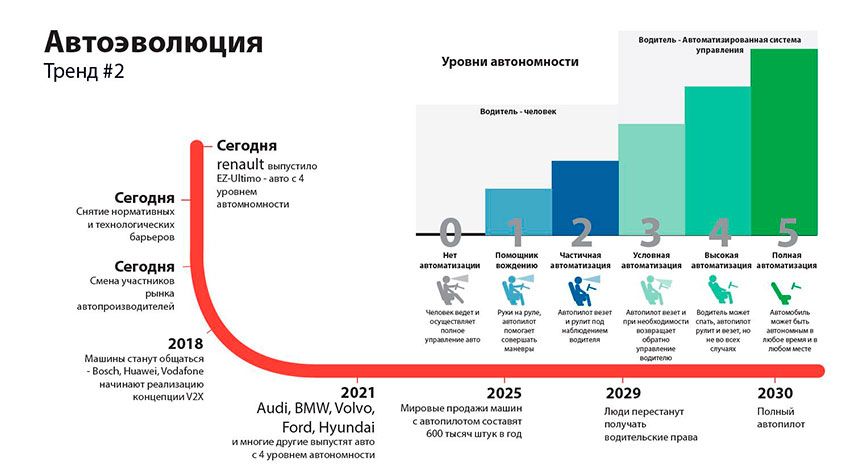
According to the schedule drafted by the SKOLKOVO Foundation, fully automated driving will occur between 2025 and 2030
however, The first drones, i.e. "highly automated" cars will appear on roads of Moscow and Tatarstan since March 2019, however, while in experimental mode. Accordingly one can speak about a kind of "4th level of autonomy", in which a vehicle, moving on autopilot all the same is insuring the driver in standard traffic situations not interfering in the management. In the meantime, the government resolution on a three-year pilot project is available for public comment.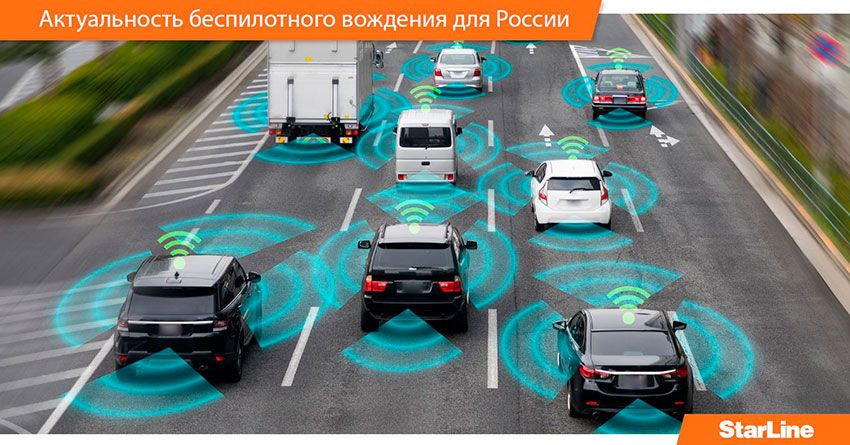
Unmanned driving becomes more and more relevant for Russia, including because of the demographic factor
However, the "Russian peculiarities" of the pilot is that the bar for participation in the project is set quite high, so the access to the experiment will be able to get a company with a share capital of not less than ₽100 million, and everyone participating in the tests "robocar" will have to insure for the minimum amount of ₽10 million Here has already begun criticism of the document in which the experts have seen lobbying in the interests of the largest companies such as "Yandex" and others, but a small Russian startups, it turns out, left behind this pilot project.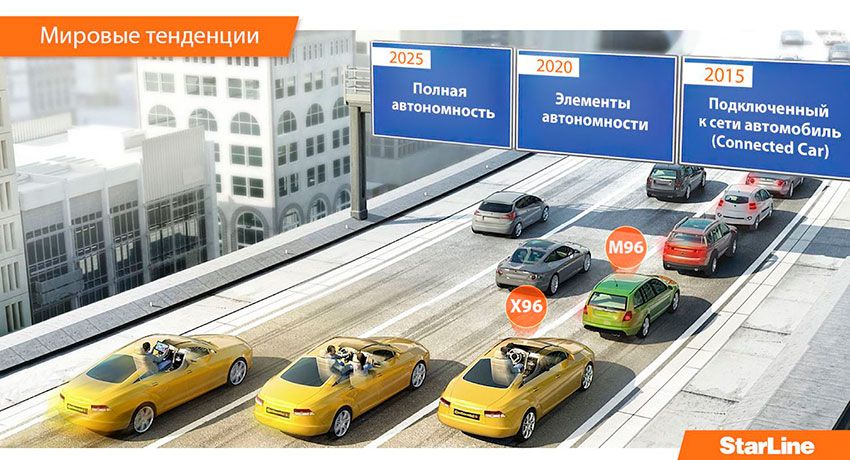
On the global trend to besplatnosti indicate many foreign and domestic Analitica
Discussion with the Russian authorities about the possibility of the admission of an unmanned vehicle on the roads of the country in recent years is increasingly. Especially given the increasing foreign activity in this area. Still in 2014 on behalf of President Vladimir Putin's government launched a national technology initiative (NTI) "Avtonet" – state plan up to 2035, technology development Autonomous cars and electric vehicles. Funding for STI through 2020 exceeds ₽50 billion, of which ₽28.5 billion – from the state budget. A draft resolution prepared in the framework of the implementation of the road map "AutoNet".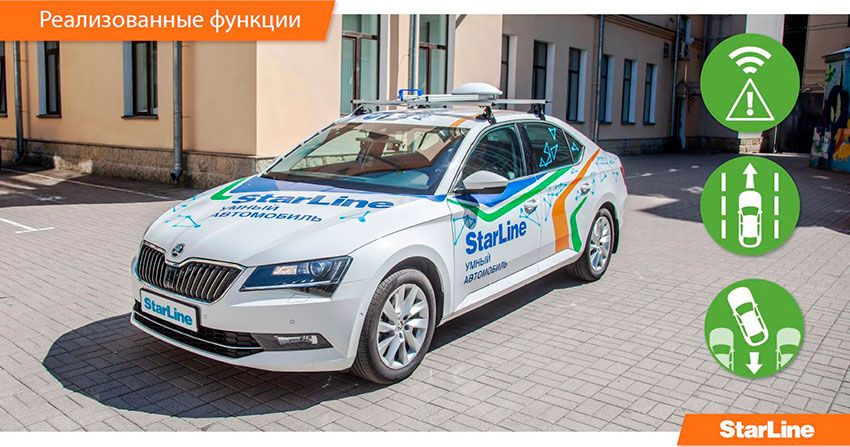
StarLine have included in the project "Smart car" already worked out of the system (an active radar system retaining strip, and an automatic Parking)
Today the country is run-an experimental drones: "Yandex" on the basis of the Toyota Prius; StarLine on the basis of the Skoda Octavia;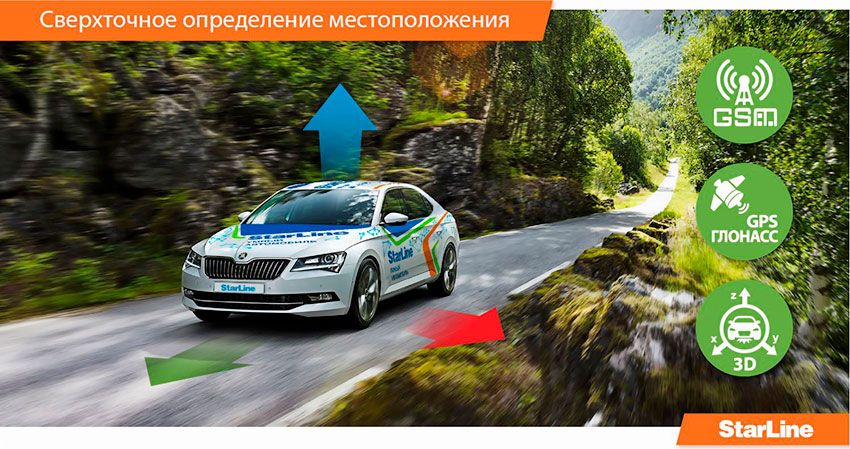
One of the major challenges for the creators of the drone remains the creation of a reliable infrastructure positioning (including GSM, GPS/GLONASS and inertial 3D positioning, but also in the future 4G and especially 5G)
unmanned buses-shuttles KAMAZ-US "Shuttle"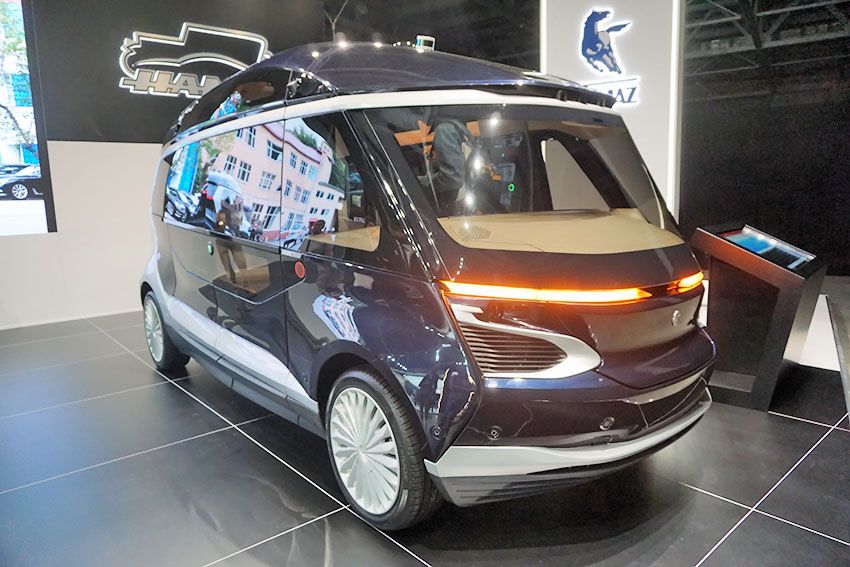
Unfortunately, unmanned the US Shuttle "the Shuttle", as well as
and Volgabus "Matryoshka",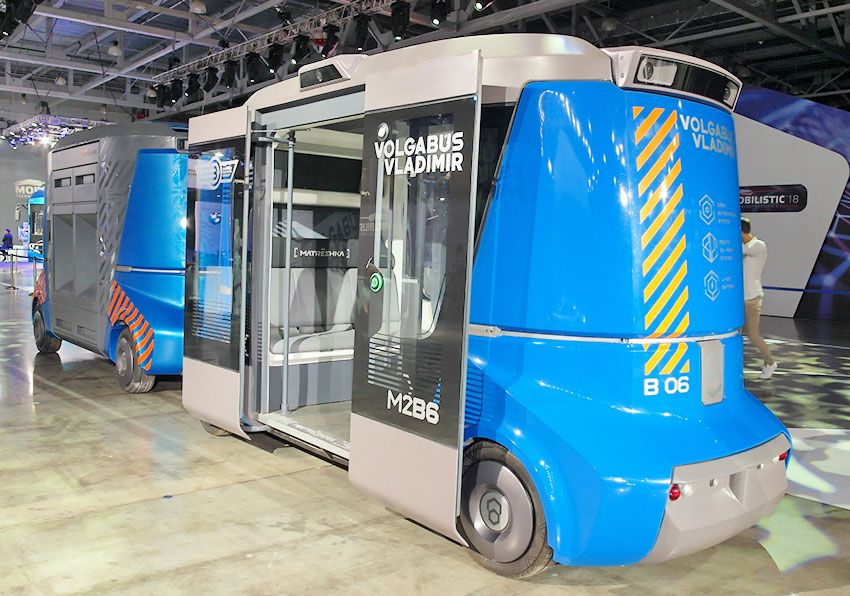
passenger and cargo drone sallam VOLGABUS "Matryoshka" appearance outside of the isolated territories don't Shine
as well as unmanned buses "GAZelle NEXT",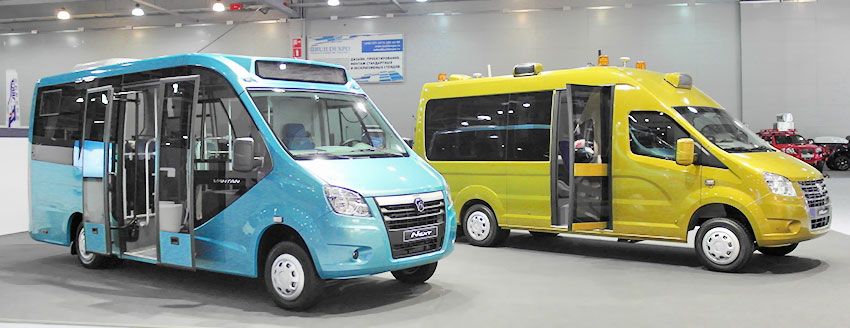
And, here unmanned buses "GAZelle NEXT" with different types of Autonomous systems may still on the roads will appear as GAZ Group is large enough and strong financial and its prototypes stored driving position with the steering wheels and gas and brake pedals
presented this year, in particular, on showrooms MMAS'18 and BUSWORLD 2018, as well as MANF 2018 and "Avtoevolyutsiya-2018".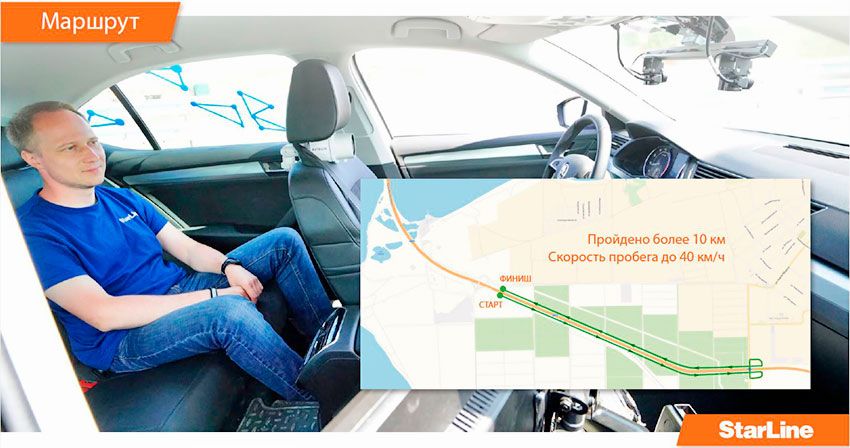
In such a configuration to test drones banned
The resolution is described in detail the admission procedure of an unmanned vehicle on public roads. So, besides the already mentioned £ 100 million of the share capital, the actual vehicle must be equipped with a system for "continuous video of the driver and the surrounding traffic situation," naturally even the button for "activate and deactivate the automated driving system", which the driver should be able to click without releasing seat belts.
Systems V2V, V2X, and V2B from StarLine (and most other developers are still under development)
To participate in the experiment in state scientific center FGUP US must be submitted with a list of unmanned aerial vehicles (no more than 200 units. in the same region) and a list of insured drivers (experience not less than three years, without deprivation of rights).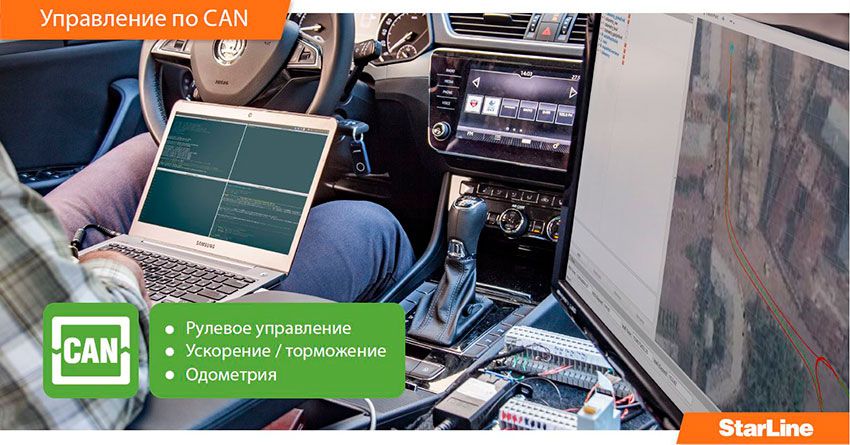
At the same time the steering, acceleration (i.e., motor), brake and odometriya CAN have StarLine already quite efficient
US, in which for this purpose reorganized the technical Committee on standardization №056 "Road transport" (TC 056), after testing, will issue a certificate of conformity unmanned vehicle safety requirements.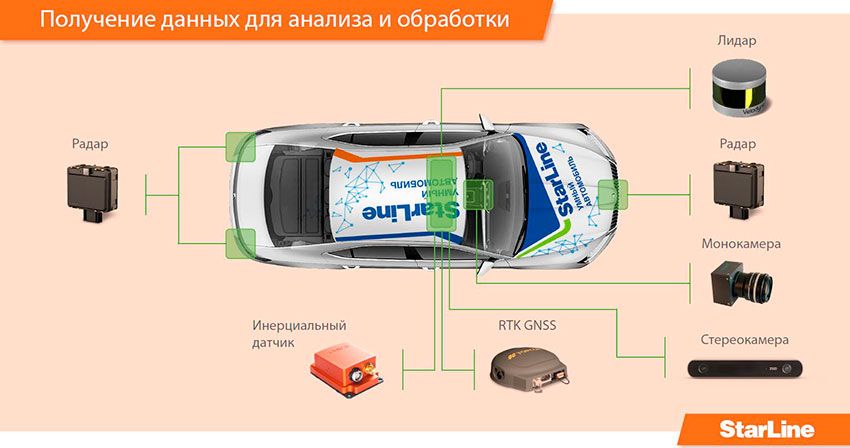
"Gentleman's set" of systems for data acquisition and processing in UAV
Then the car must be registered in the traffic police with a special note that a number of design changes for a "legal experiment".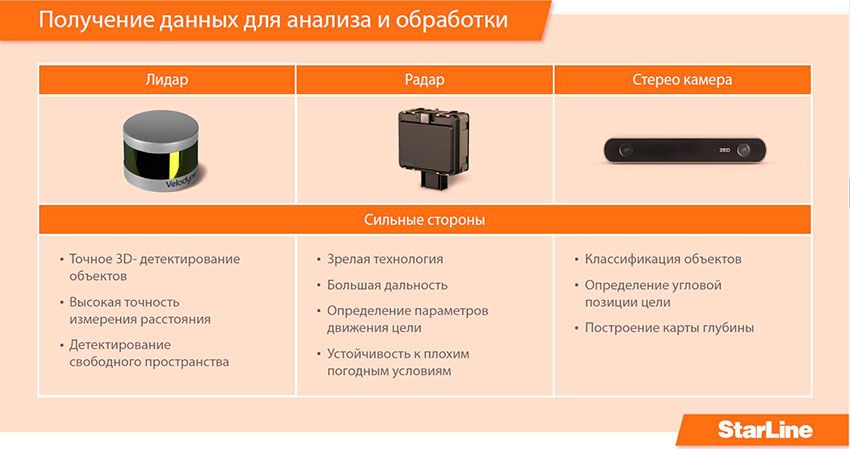
The purpose and functionality of the basic systems of self-driving vehicle
From this moment Autonomous cars gets the right to go out, but the driver is required... the directions with the route of the UAV. Naturally, all parameters must be recorded and passed to US and MIA.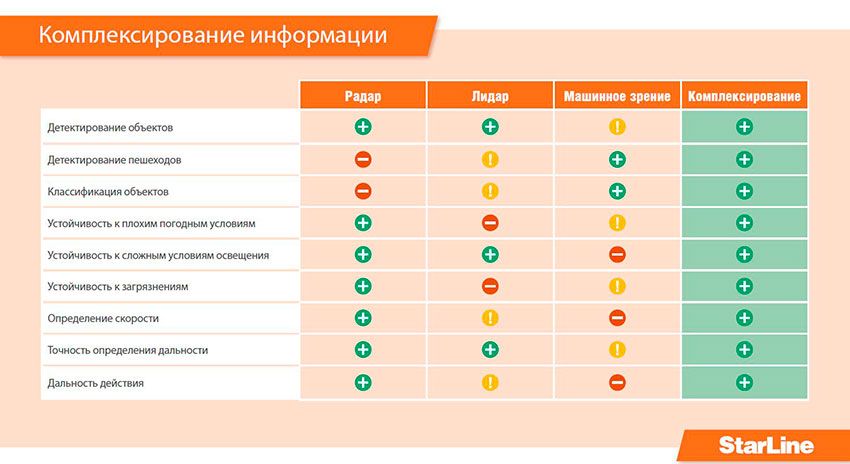
The main hope on cheaper systems for automated driving remains aggregation, i.e. the combination of the hardware of different functional devices
Quite detailed rules describing possible accident involving a drone. So, before applying in the US company is the owner of the vehicle should insure the civil liability in an amount not less ₽10 million or to place this amount on Deposit with a notary or escrow Bank account where the money will be locked and paid to victims in case of an accident.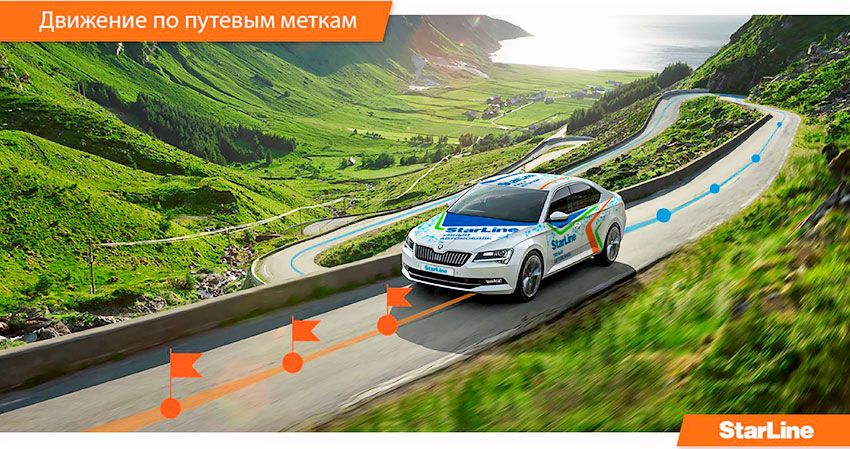
One of the most promising technologies for Autonomous movement of drones for today is the creation of a "framework" virtual roads with travel labels, allowing you to drive on the roads without markup, contaminated or snow-covered
The owner of the drone, therefore, bears the "full responsibility for the accident that occurred with the part belonging to him of the vehicle in the experiment".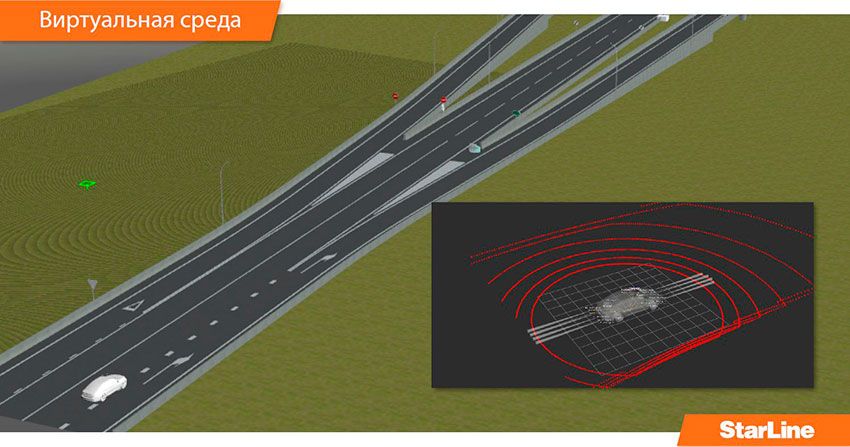
In fact, for reliable and safe movement of the UAV will need to create a virtual environment that includes real objects of road infrastructure
Naturally, in "Yandex" the document was received very positively. So, the press service of the company said: "We believe it is important for the development of unmanned vehicles in Russia, because it features artificial intelligence require training in a real road situation. We are confident that the final version of the resolution will provide all the necessary safety measures for road users in the testing of unmanned vehicles". The press service of "KAMAZ" also has confirmed "the company's interest in the document."But the developer of technology for unmanned driving Cognitive Technologies represented by its President Olga Uskova, described the project as "scandalous". She thinks: "He is obviously prepared for several large companies, including "Yandex". Admission to the experiment based on financial, not technological capabilities of the company. In Russia there are dozens of small startups working in the field of Autonomous technology, but capital ₽100 million available to very few people. If the order will be adopted in this form, the Russian market for these start-UPS will be closed, they will be forced to go abroad, Russia will lose a great professionals." Ms. Uskova noted that each vehicle, depending on the belonging to a particular type of Autonomous system (six, according to the classification Society of Automotive Engineers, SAE) is tested on the grounds by special techniques before you go on the streets. She also said: "Nobody produces drones without verification, but the document of the Ministry of industry and trade about this word," besides, she called "very strange" choice test areas: "From 2019, the year abroad will begin testing unmanned technology, allowing the driver not to participate in the control of the car on the highways.And where in Moscow highways to conduct such trials? And what are the criteria for their success, who will evaluate?". The fact that the experiment is prepared specially for Yandex, says, also, "b", whose insider sources stress that the pilot project can only be used sold in the market model, equipped with sensors and cameras, making "Yandex" with his Prius on this criterion passes, but WE Shatl – no. However, the press service of "Avtonet" continues to assert that the draft resolution was prepared for "all developers of highly automated vehicles."
He "Yandex" (as well as startup StarLine) has carried out tests on public roads, so in the beginning of 2018 "robocar" "Yandex" has already cruised through the streets of Moscow, which is fixed in the video on the official account of "Yandex", which shows that the driver of the steering wheel is not touched. Later, this unmanned vehicle has passed the 800-kilometer route on the highway M7 from Moscow to Kazan. But in April 2018, the chief of police Mikhail Chernikov said in an interview with "Kommersant" that the Agency had not officially allowed to test drones in Moscow. In turn, the "Yandex" in early September, has held several rounds of talks with the leadership of the traffic police of the Russian Federation, which demonstrated the unmanned vehicle in motion. In October of this apparatus was exhibited to the chiefs of regional managements of traffic police in Sochi. However, the results of demonstrations Mikhail Chernikov said: "Fully Autonomous cars on the roads in the near future will not appear, need separate requirements for drivers, which are available in the salon for insurance".
In the legal component of drones, there are also significant problems. Thus, the lawyer of movement of motorists "Freedom of choice" Sergey Radko expressed in that spirit that, in the case of an accident with an unmanned vehicle, the question of responsibility will be decided "on General grounds". He believes that "Difficulties may arise in cases of failure of the electronics or its incorrect operation in non-standard conditions. For example, in an emergency, when an unexpected obstacle". In turn, the expert on road safety Katerina Soloveva believes that: "Theoretically, for an accident can bring a driver, but all the circumstances of the accident must be established during the investigation." In the future, in her opinion, if you damage an unmanned vehicle responsible for the accident will come only financial, regardless of the severity of the consequences. "The provisions of the criminal code as amended and in this case not applicable. Technology developer in theory can also be punished if it turns out that the software of the automated machine has a system error that caused incorrect behavior of cars on the road – this could be regarded as negligence."

NGOs StarLine has successfully tested a "robocar", including on the Crimean bridge
PS Startup StarLine, by the way, quite successfully develops drone technology on the basis of the car Skoda Octavia and even rolled it on the Crimean bridge, and shown on the forum "Avtoevolyutsiya – 2018". However, the 100-million bar of capitalization, this youth startup is unlikely to pull. So, in the words of Olga Uskova a reason is definitely there. And it would be sad to lose another generation of young developers of high-tech which definitely belong BPTS. The next generation of young scientists who are able to create competitive technologies and expertise in the country may simply not be there.
Sorry, if excessive levels of capitalization and insurance premiums under the new regulation will not allow further development in such youth groups as NGOs StarLine
.
|
|
|
Element was not found.








